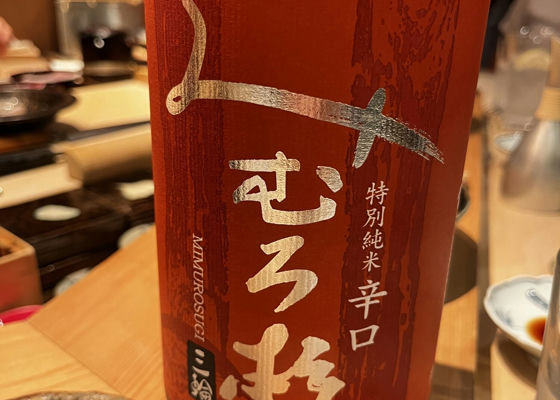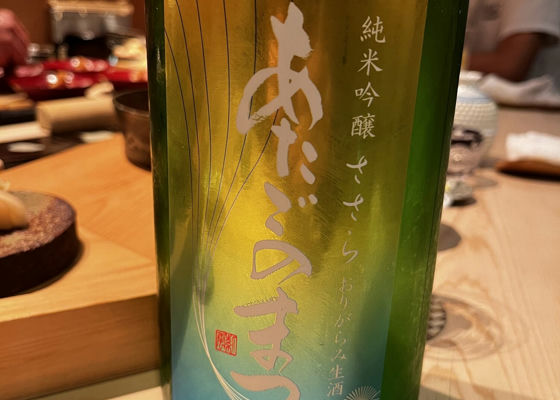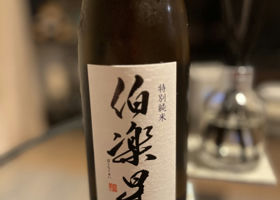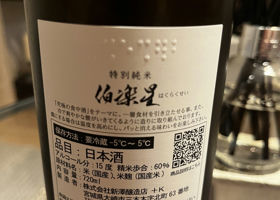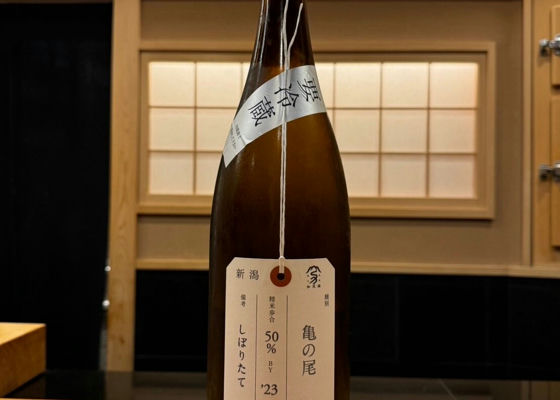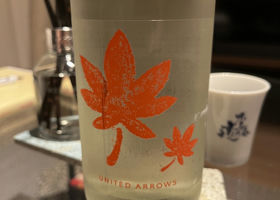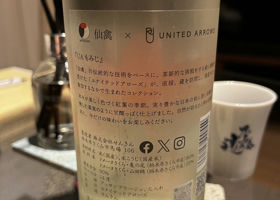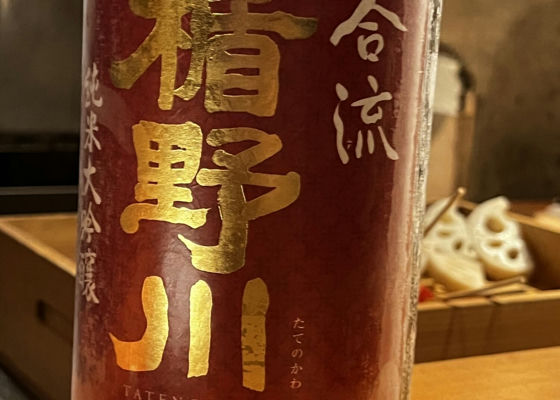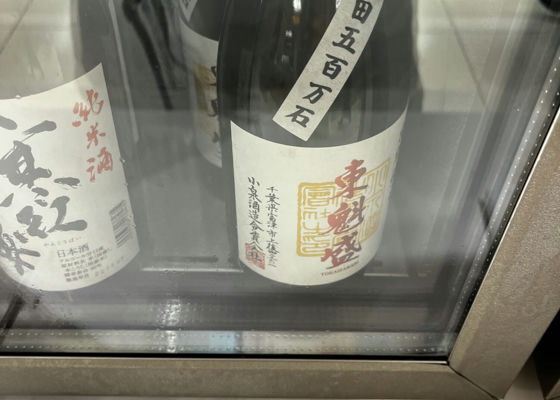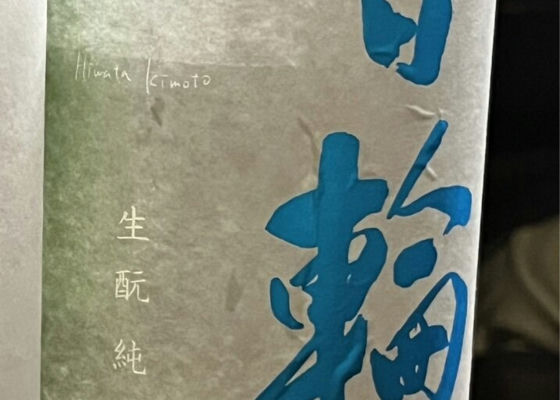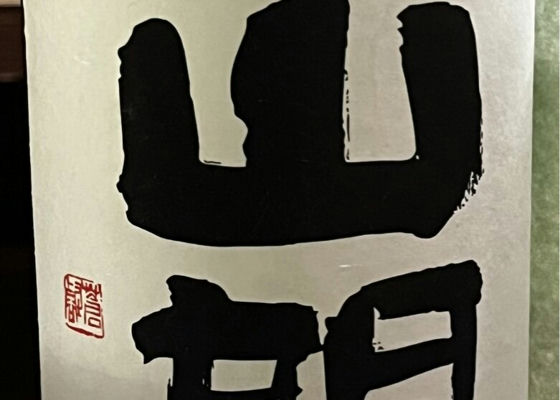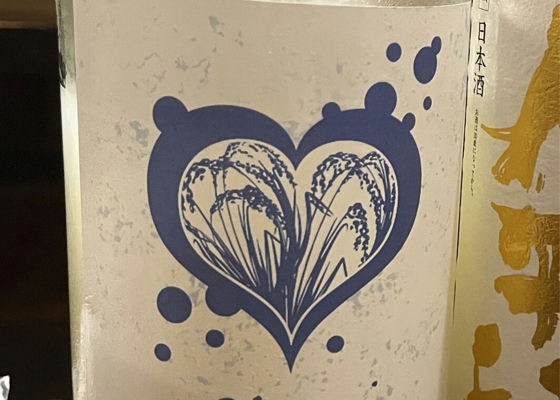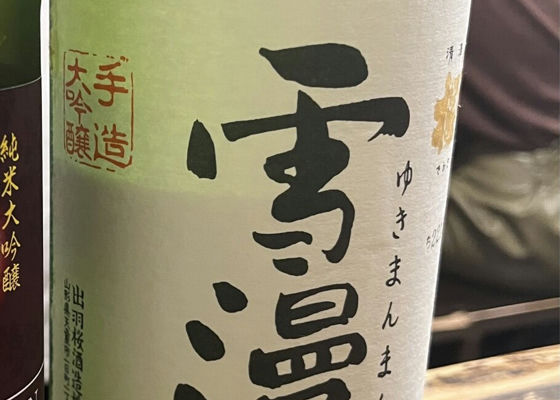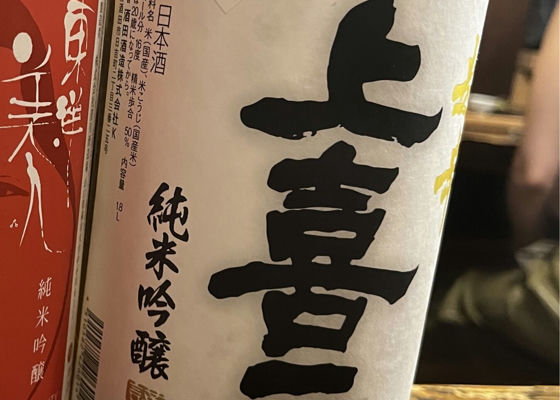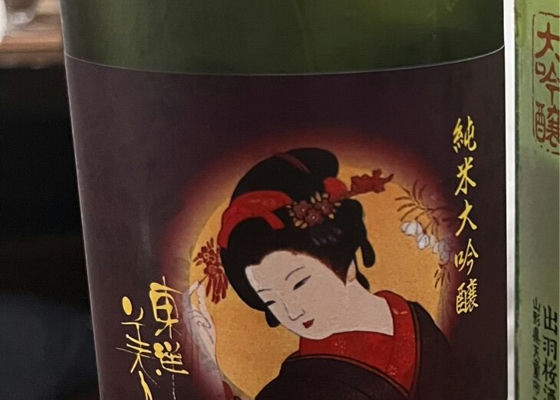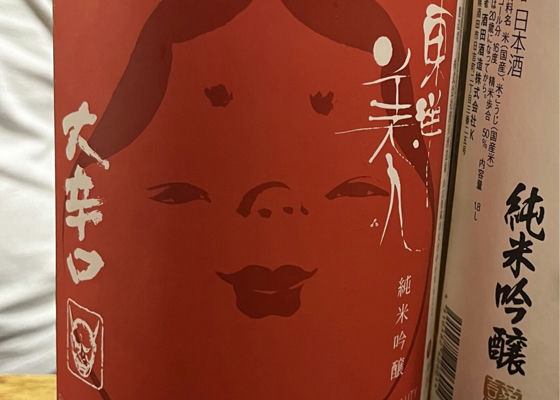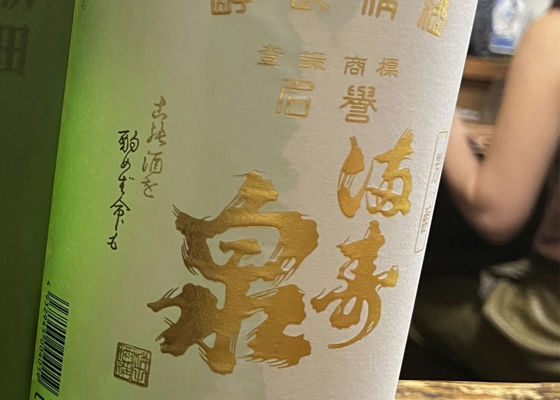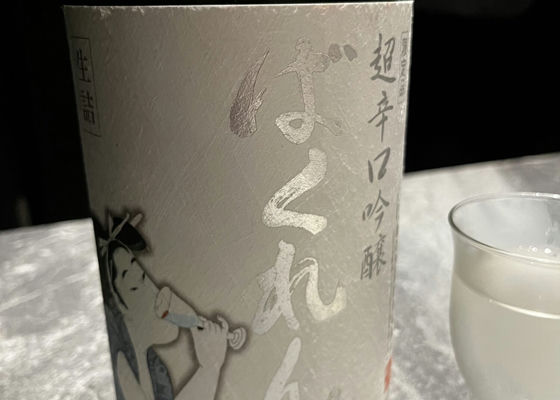
Ryota
very dry (esp. in wine-making)
Super dry ginjo made from Yamadaho, the mother of Yamada-Nishiki, a rice suitable for sake brewing.
Bakuren" refers to the woman on the label,
Bakuren" means "a woman who does not listen to her parents and does as she pleases.
Short review by the chief appraiser of the Sendai Bureau at the end of drinking
The evaluation was: "Gin-ko (beautiful), good balance of aroma and taste". The first time it was drunk, the chief appraiser of the Sendai bureau gave it a short review.
The sharpness after swallowing is outstanding.
Japanese>English


